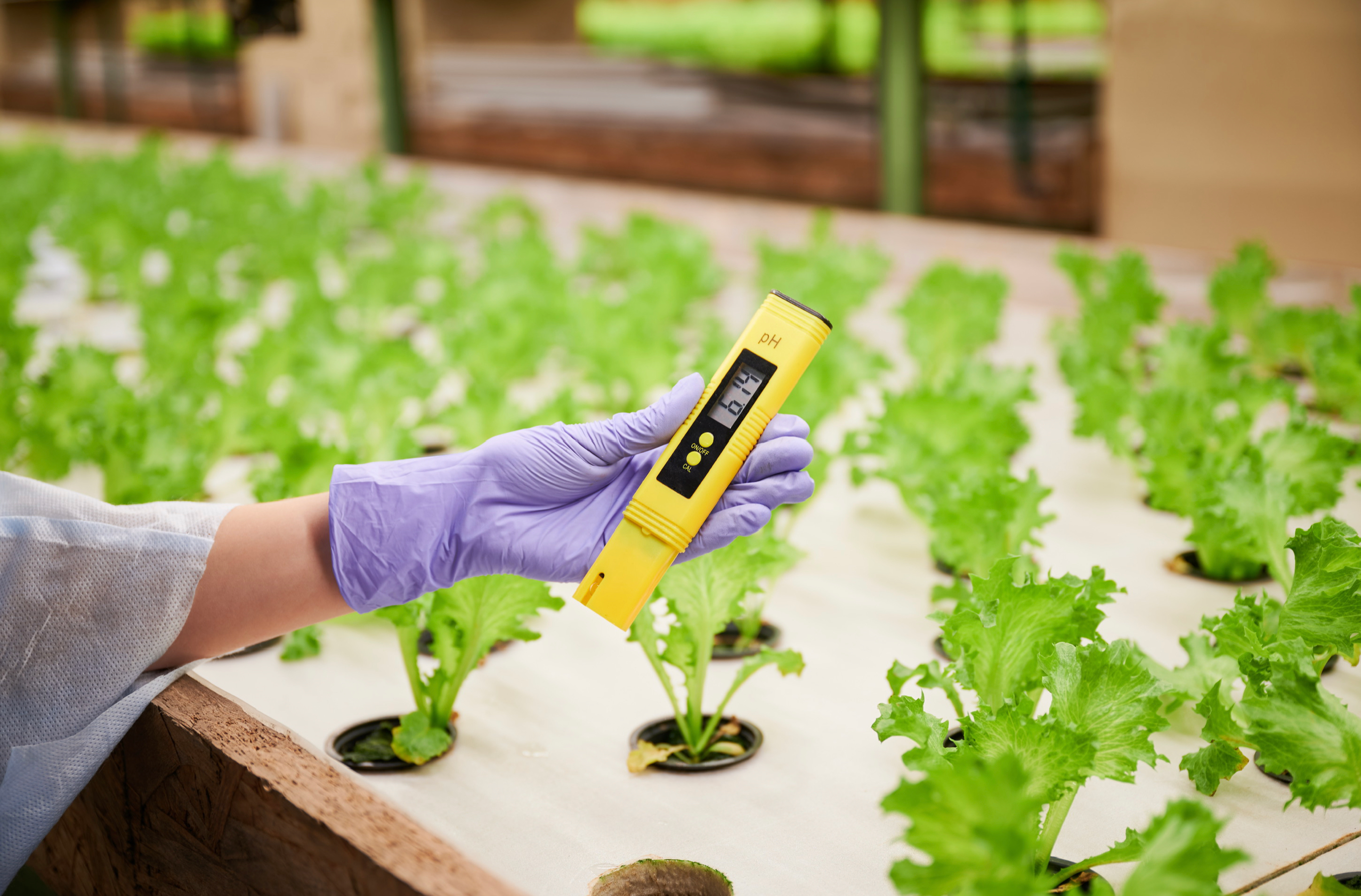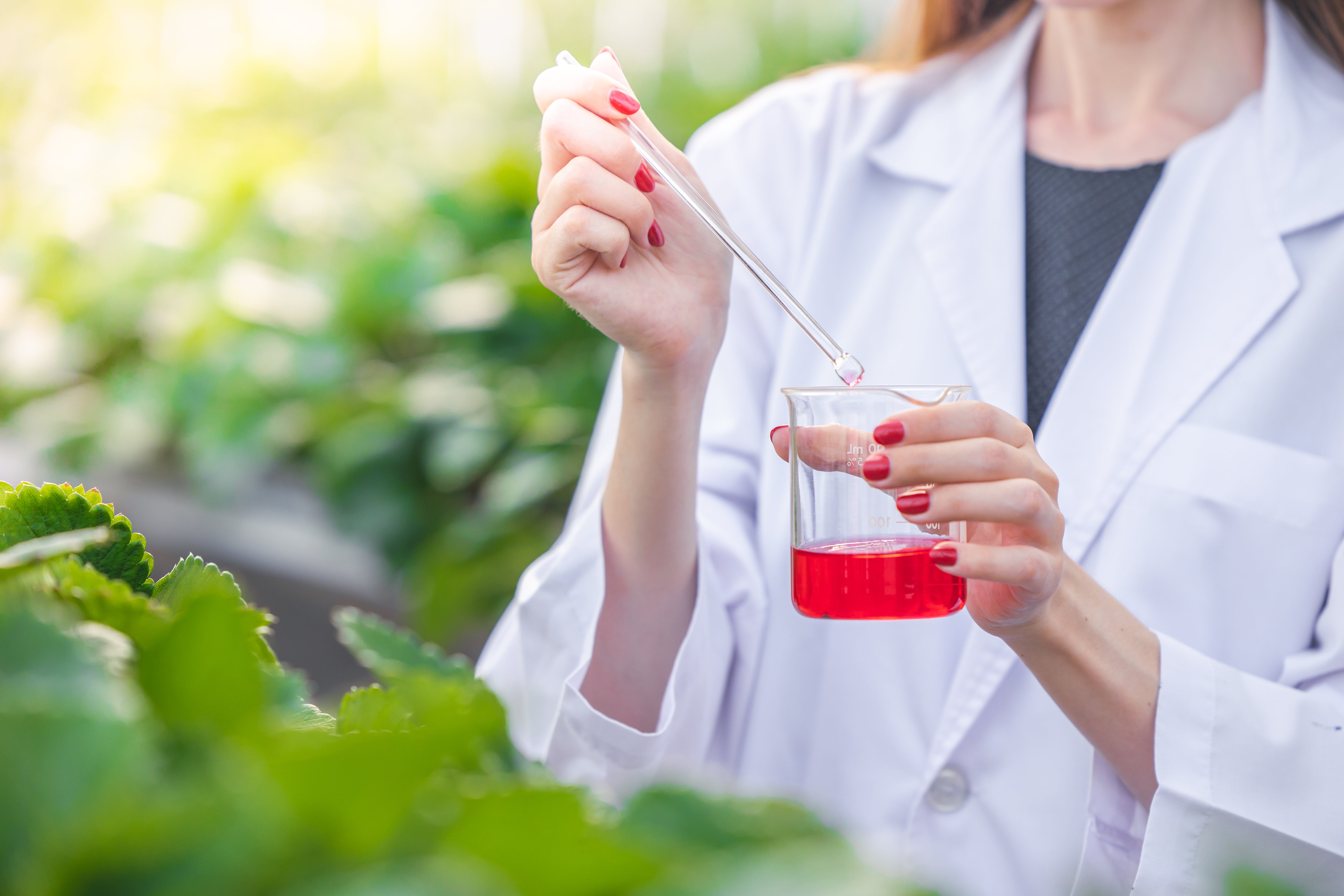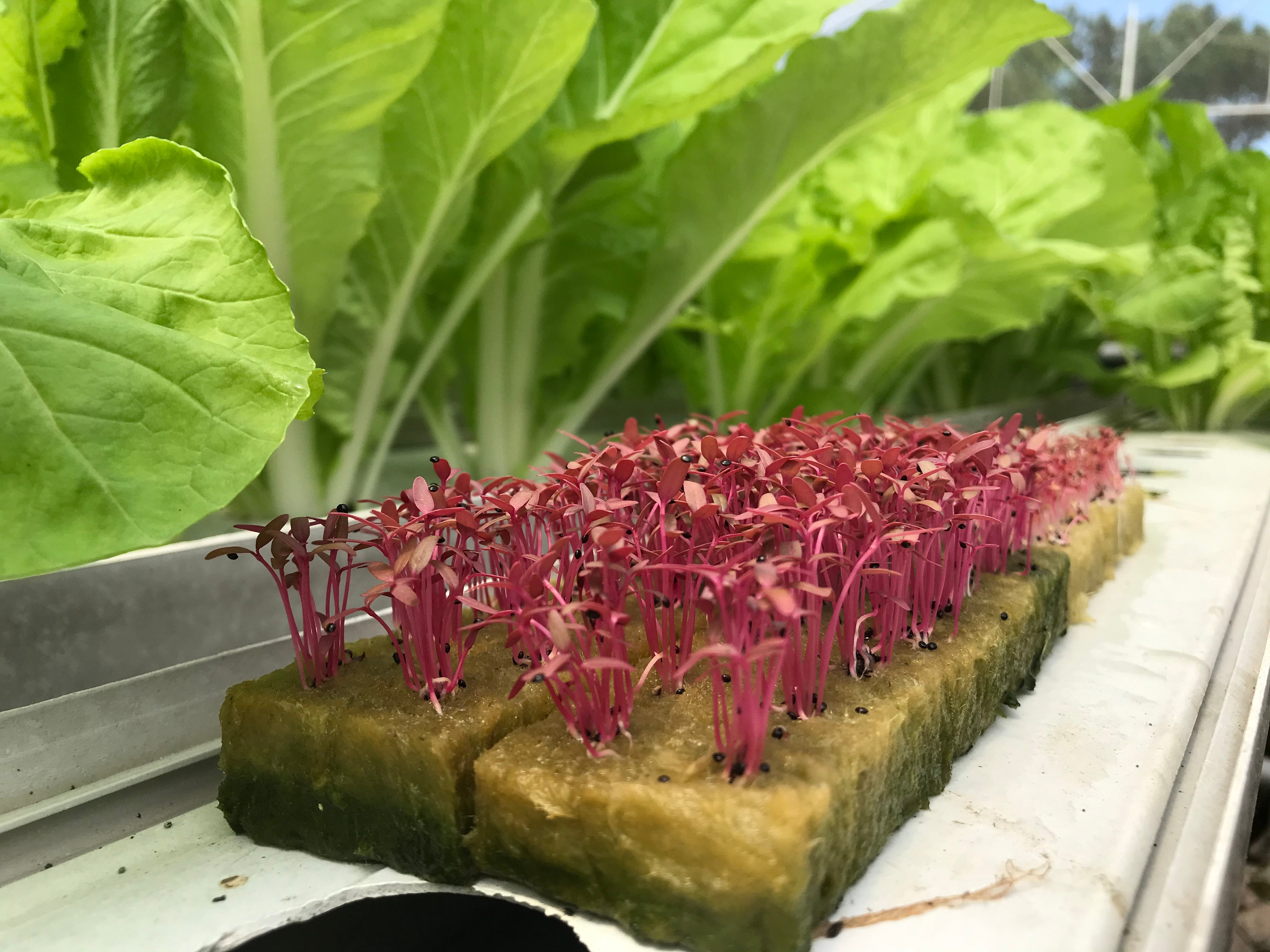Simple DIY Grow Light Shelves Project

How to Build a DIY Grow Light Shelves
If you’ve been looking for grow light shelves for your grow lights, but you can’t find one that fits your growing space perfectly, or perhaps they’re a bit too expensive, then going the DIY route is probably the best option for you. Making DIY grow light shelves is not difficult at all, and they are great space savers too, as they help make use of vertical space. In this article, I’ll show you how to make DIY grow light shelves. What’s great about DIY grow light shelves is that you can customize them to fit your growing space perfectly. So, without further ado, let’s get to making your own DIY grow light shelves.
Here’s what you’ll need to make DIY grow light shelves:
- Shelving unit
- Grow lights
- Power strip
- Grow light timer
- Open oval chain (Depending on the lights you get, you may not need the chain, since some lights come with chains included)
- S-hooks
- S-clips (I prefer to use S-clips to attach grow lights to chains, but this is optional, you can use S-hooks)
- Pliers (to adjust the S-hooks)
The first thing you’ll need to make DIY grow light shelves is obviously a shelving unit. The shelves need to be at least as wide as the grow lights you’re going to use. Grow light shelves are typically used for starting seeds, so I would suggest using fluorescent or LED grow lights. Wire shelves work well for this because it’s easy to attach grow lights to the wire frame. Also, keep in mind you can’t hang a grow light above the top shelf, so if you get a 3-shelf rack, you’ll be able to hang only 2 grow lights.
Once you’ve chosen a shelving unit, assemble it according to manufacturer’s directions. I would suggest placing the shelves on top of a rubber mat or shallow plastic tray to protect your floor from spillage or water run-off.
As mentioned previously, your grow lights need to be approximately the same width as the shelving unit. You’ll need a grow light for each shelf. Since you’ll be using the grow light shelves for starting seeds, I would suggest fluorescent or LED grow lights. You can also consider compact fluorescent grow lights (CFLs).
Fluorescent lights are great for starting seeds because they produce very little heat, and they are rather affordable too. The bulbs are tubular in shape and come in 2 and 4-foot long sizes, so the light fixtures can be quite bulky. Compact fluorescent grow lights look like regular energy-saving bulbs and are much smaller than regular fluorescent grow lights. They have all the same benefits as regular fluorescent grow lights, but they are much smaller and come in different shapes and sizes to suit your needs. LED grow lights are more expensive than fluorescent ones, but they are lighter, more energy efficient, and more compact. They also last longer than other types of grow lights.

Once you’ve chosen your grow lights, you need to attach them to the shelves. Most grow lights come with wire to hang them. If yours don’t, you’ll need to buy an open oval chain to hang them. Simply attach the wire or the chain to an S-hook and hang it from the shelving unit above the plants on one side. Do the same on the other side. Next, attach an S-clip on the ends of the chains and attach them to your grow lights. I prefer using S-clips on the grow light end because they’re sturdier, but you can use S-hooks too. You can adjust the height of your grow lights by hooking a link further up or down the chain.
How high you should have your grow lights above your seedlings depends on the type of lights you have. I’d suggest following the height recommendations provided by the light manufacturer. However, if that information isn’t provided, fluorescent grow lights should be kept 2–3 inches (5–7.5 cm) above seedlings, and LED grow lights should be at least a foot (30 cm) above. You’ll need to move your grow lights away from the seedlings as they grow.
Now that everything is assembled, check that everything is sturdy one last time. Plug your grow lights in and turn them on. I would highly recommend getting a timer for your grow lights so that you won’t have to turn them on and off manually every day. Seedlings need 14–16 hours of light per day, so you should have your lights on a timer for convenience. Some people grow seedlings with 12 hours of light daily, but in my experience that’s not enough. You can try that, but you should monitor your seedlings closely in this case. If they start getting tall and growing sideways, you should add 2 more hours of light per day.
For more great content check out the Proponics YouTube channel below!

By Max Barnes
Max Barnes is a long-time homesteader and author. Max grows the majority of his own food year-round using a variety of different methods, including hydroponics. Hydroponic gardening plays a huge part in his homestead and self-sufficiency goals.




